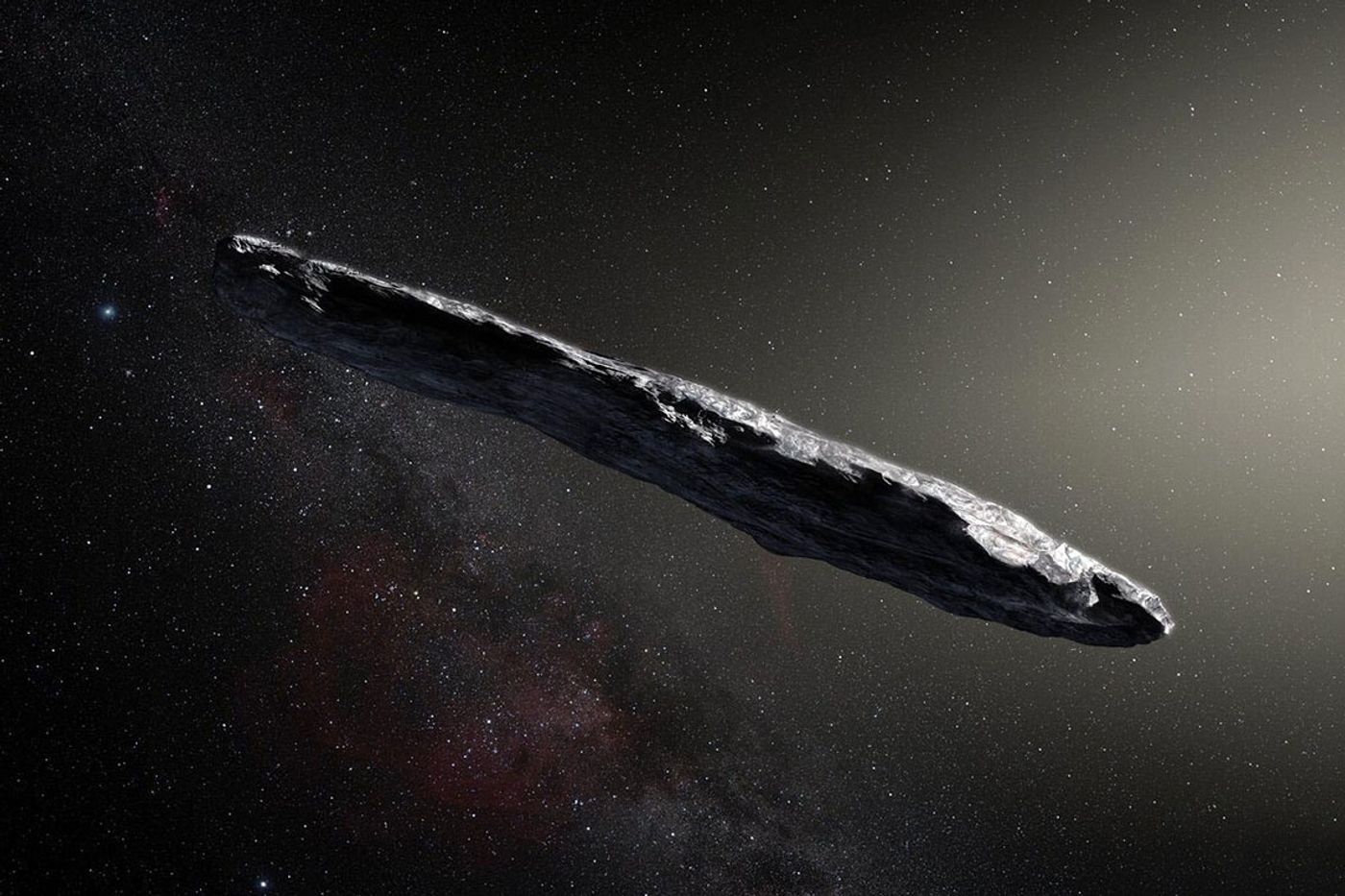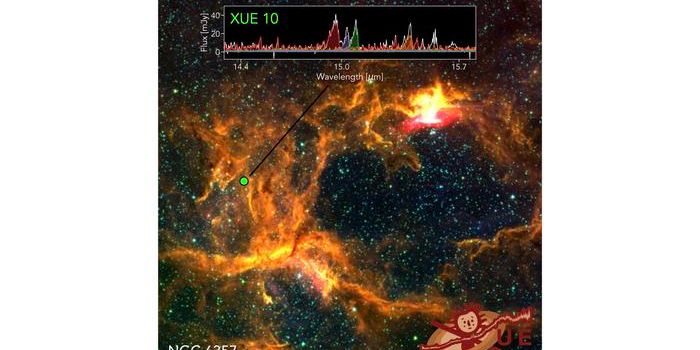A Potential Lead on Oumuamua's Origins
Back in October of last year, astronomers observed an interstellar space rock as it zipped through our solar system at break-neck speeds. In fact, said speeds were the most precise indicator apart from its trajectory that it wasn’t native to our solar system.
Image Credit: University of Toronto
Astronomers have since discerned that the interstellar object was an asteroid instead of a comet, and they’ve nicknamed it ‘Oumuamua’ for reference. But while this additional information may be helpful to have, figuring out its origins proved challenging.
A new study appearing in the journal Monthly Notices of the Royal Astronomical Society this week seems to tackle this longstanding question head-on. While the study doesn’t cite any origin in particular, it does narrow the extensive search.
The astronomers involved in the study say that Oumuamua was likely ejected out of a distant binary star system. They reached this conclusion after considering all possible likelihoods, and they found that rocky bodies like Oumuamua get ejected from binary star systems almost as frequently as comets do.
"It's really odd that the first object we would see from outside our system would be an asteroid because a comet would be a lot easier to spot and the Solar System ejects many more comets than asteroids," said Dr. Alan Jackson from the University of Toronto Scarborough in Ontario, Canada.
Related: FEMA and NASA begin working together to plan for asteroid emergencies
While these findings alone are somewhat substantial, they don’t stop there. The study also reveals how the binary system Oumuamua came from likely contained a hot, high-mass star and that it was in the middle of forming terrestrial exoplanets when Oumuamua became ousted.
Astronomers struggle to study other stellar systems given the distance they are from us, but interstellar space rocks like Oumuamua offer potential clues about planetary formation in these systems. Best of all, they come to us.
"The same way we use comets to better understand planet formation in our own Solar System, maybe this curious object can tell us more about how planets form in other systems," Jackson added.
Related: Size matters in terms of asteroid collisions
Astronomers are only scratching the surface of the mystery surrounding Oumuamua, but we may learn more as time goes on. It should be interesting to see what we’ll find next.
Source: University of Toronto









